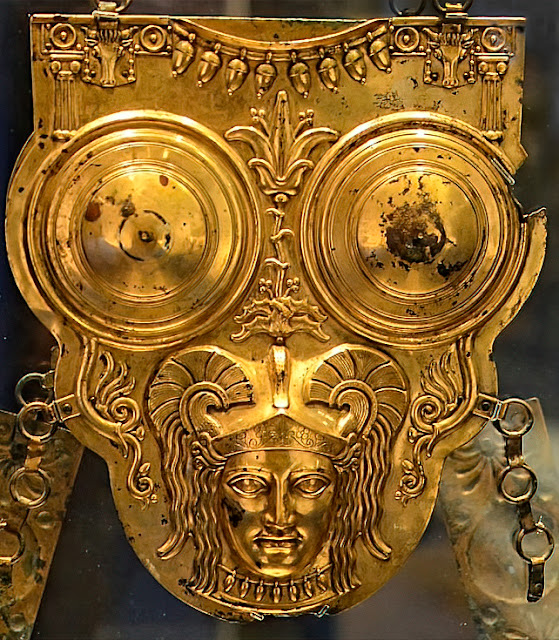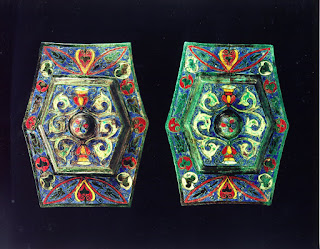Roman scissors and the scissores gladiator

The earliest known scissors appeared in Mesopotamia 3,000 to 4,000 years ago. These were of the 'spring scissor' type comprising two bronze blades connected at the handles by a thin, flexible strip of curved bronze which served to hold the blades in alignment, to allow them to be squeezed together, and to pull them apart when released. Spring scissors continued to be used in Europe until the 16th century. However, pivoted scissors of bronze or iron, in which the blades were pivoted at a point between the tips and the handles, the direct ancestor of modern scissors, were invented by the Romans around 100 CE. They entered common use in not only ancient Rome, but also China, Japan, and Korea. A specialized weapon known as a scissor was also used by a class of gladiators called scissores. It consisted of a long, thin cylindrical-shaped pipe terminating in a crescent-shaped blade. A handle inside the tube allowed the gladiator to maintain control. The shape of the blade could produc...















